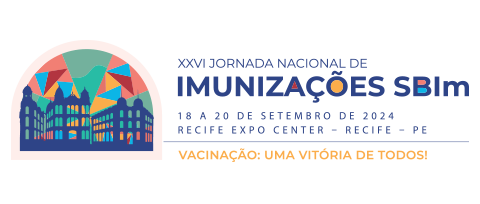Dados do Trabalho
Título
FUNCTIONAL REPERCUSSIONS OF TYPE I INTERFERON INNATE ERRORS IN SERIOUS ADVERSE EVENTS AFTER YELLOW FEVER VACCINATION
Introdução
Yellow fever 17DD (YFV17DD) vaccine is associated with rare but serious adverse events (AE). These events are classified as viscerotropic (YEL-AVD) or neurotropic, and are characterized by hyperinflammation and uncontrolled viral replication days after vaccination, suggesting innate immune errors (IIE). Here, we report a Phase IV study aimed at elucidating the pathogenesis of YEL-AVD. This study is essential to improve vaccine safety and evaluate the benefit-risk profile of the YFV17DD vaccine,
Material e Método
Blood samples were collected from 5 AE cases and their relatives years after YF17DD immunization (CAAE 60575716.2.0000.5262). DNA was extracted followed by whole exome sequencing (WES). In silico molecular modeling using Swiss Modeling and docking analysis using the HDOCK server. For functional studies, peripheral blood mononuclear cells from the five AE cases and nine time-matched controls were subjected to in vitro stimulation with YFV17DD, followed by immunophenotyping, panel proteomics, and transcriptomics.
Resultados
Three of the YEL-AVD presented IIE in type I IFN pathway already published, while the neurotropic presented no pathogenic variants. Here, the WES analysis of a fourth case identified a copy number variation (CNV) in homozygosity for a IFNAR1 allele lacking exons 3, 4, and 5 of total 11 (IFNAR1Δ3-4-5). Remaining family members were heterozygous or homozygous wild type without history of YEL-AVD. The molecular docking analysis demonstrated that both the wild IFNAR1 and the theoretical IFNAR1Δ3-4-5 are categorized as very likely to bind to IFN-α2b, but the wild IFNAR1 requires less energy to bind (docking scores -417.77 and -243.33 respectively). Comparing to the YFV17DD specific response in the control group, the EA cases presented higher secretion of IFN-, and IL1-, and higher frequency of activated non-classical monocytes, NK cells, and naive T cells IFN-+. Comparing the five AE cases among them, they all presented upregulation of IFNAR1, TLR2/7, JAK2/3, and STAT3, configuring induction of IFN- response and cellular response to cytokine. Interestingly, the neurotropic case presented induction norepinephrine secretion.
Discussão e Conclusões
A fourth case of YEL-AVD was identified with EII in type I IFN pathway, presenting a homozygous CNV in IFNAR1, which theoretically leads to less affinity to IFN-α2b. Our findings suggest that, in AE, vaccination with YFV17DD induces abnormal hyperinflammation by innate cells and IFN- by naïve T cells, which contributes to YEL-AVD pathogenesis.
Palavras Chave
Adverse events after immunization; Yellow fever vaccine; Interferon
Área
Imunizações
Instituições
Bio-Manguinhos - Rio de Janeiro - Brasil
Autores
ANDREA MARQUES VIEIRA DA SILVA, TAMIRIS AZAMOR, FELIPE SOARES COELHO, MIGUEL PIRES MEDEIROS DINIZ, PATRÍCIA MOUTA NUNES DE OLIVEIRA, MARIA DE LOURDES DE SOUSA MAIA, ZILTON VASCONCELOS, ANA PAULA DINIS ANO BOM
